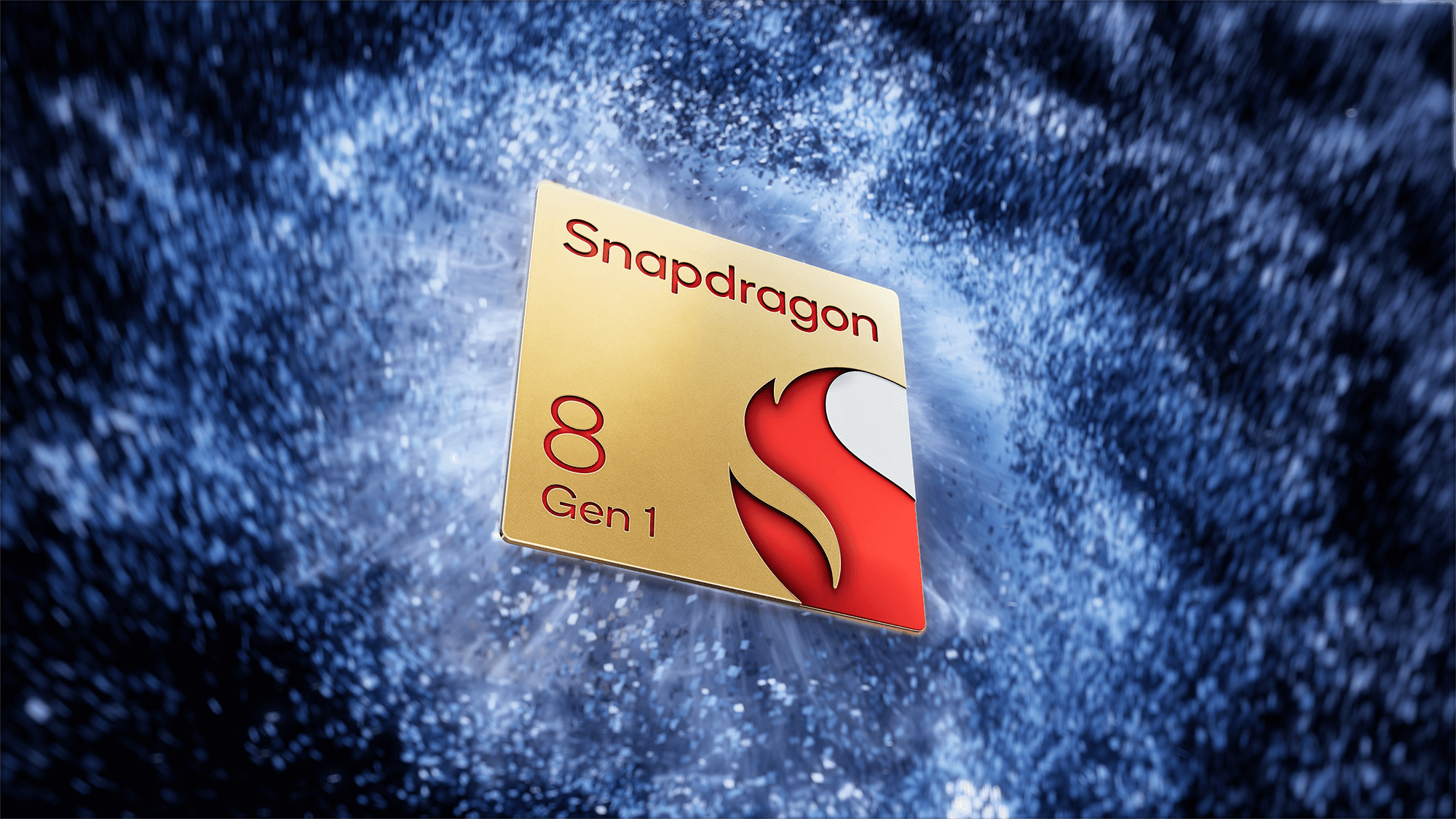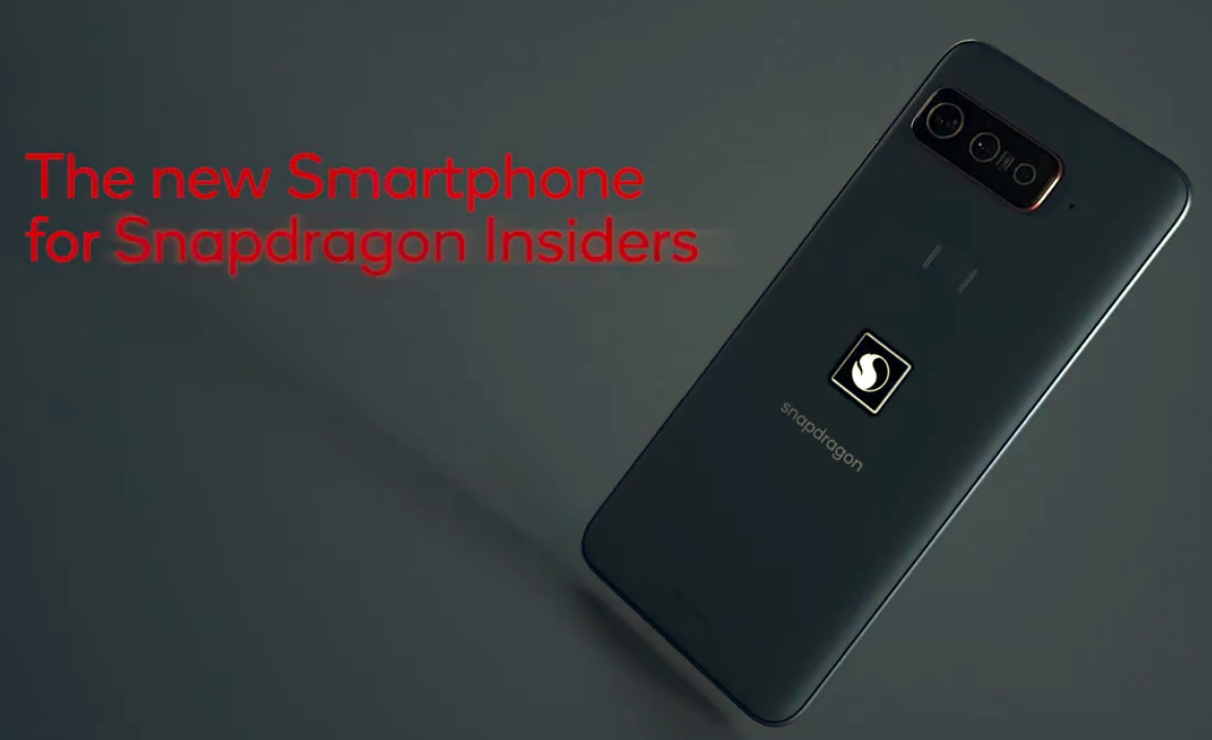
Qualcomm has issued an official statement regarding the confusion about its Quick Charge 3.0 technology not being compatible with the USB Type-C specification. The statement from the company does not directly address the matter at hand though.
In its emailed statement, Qualcomm says that it has not received any reports of device malfunctioning due to its Quick Charge 3.0 technology. It also notes that it is up to the OEMs to implement the Quick Charge technology in a way that is within the USB Type-C standard.
Qualcomm Quick Charge is designed to be connector-independent. It can be implemented in a device that supports a variety of connectors, including USB Type-A, USB micro, USB Type-C, and others. When an OEM chooses to implement Quick Charge into their device, they can configure the voltage to fit within the specifications of the USB Type-C standard. We have received no reports of user experience or device malfunction issues with or without USB Type-C connectors. At Qualcomm Technologies, we are continuously working to provide the best solutions for our customers and consumers. Qualcomm Quick Charge is a leading edge fast charging solution with more than 70 devices and 200 accessories supporting one of the two most recent versions of Quick Charge, with even more currently in development.
So, as it is clearly visible, the statement from Qualcomm does not address the USB Type-C spec violation, which probably means that it does. Sure, the final implementation is done by the OEM, but I think Qualcomm is just trying to pass the buck from its shoulders to that of Android OEMs.
The company does assure that you can safely charge your other devices using a Quick Charge 3.0 charger without harming them in anyway. Considering that non-compliant USB Type-C cables and chargers can wreck havoc to your device though, I will strongly recommend you to not do so.
USB Type-C is definitely the future, but for now, the technology is in a mess due to compatibility issues.







